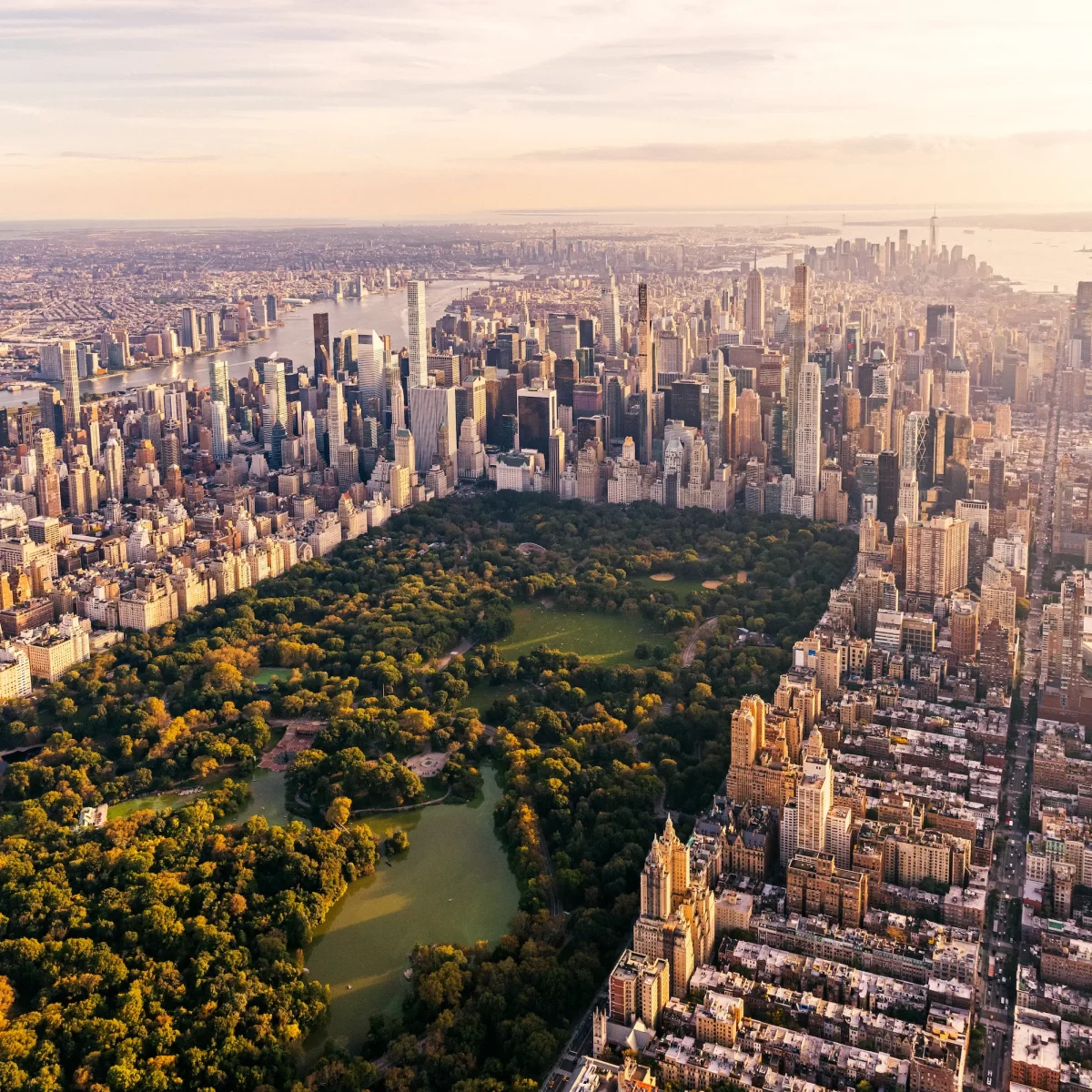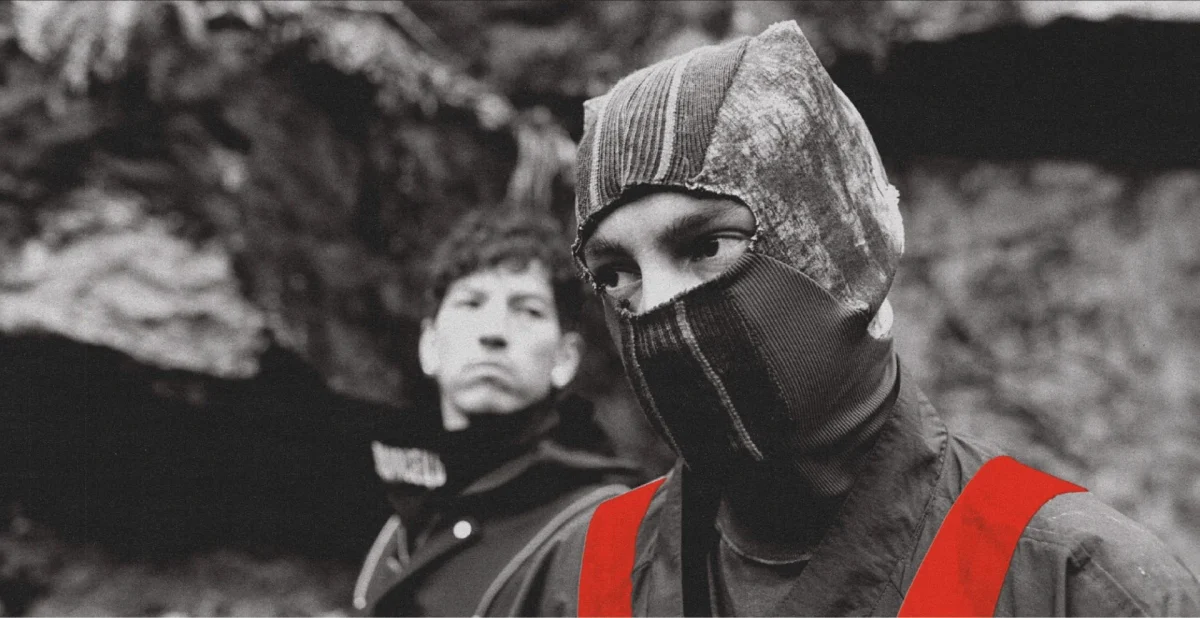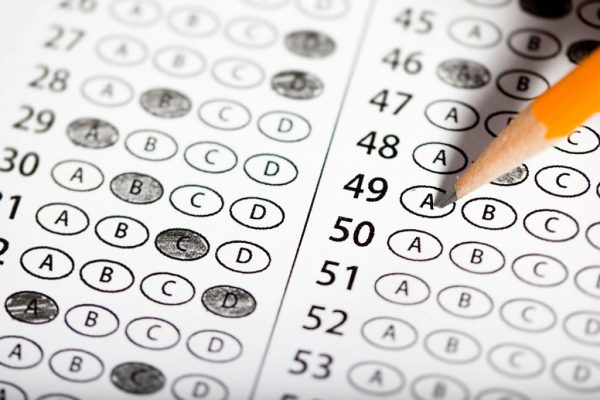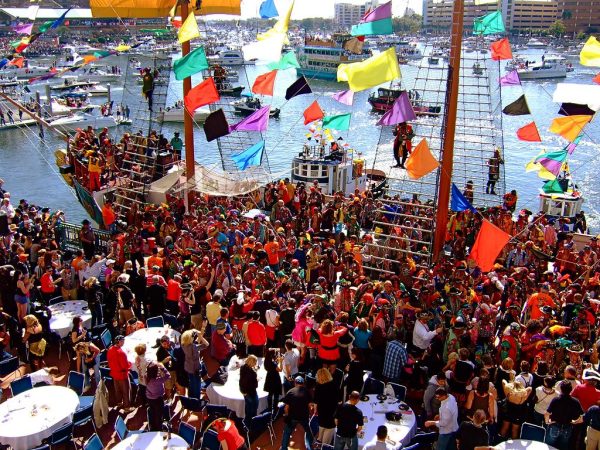13 Years Since Fukushima Daiichi Nuclear Disaster
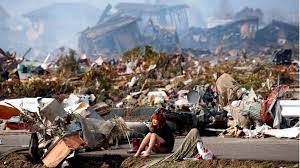
During the peaceful afternoon of March 11, 2011 at 2:46 PM, the Fukushima Daiichi Nuclear Power Plant in Ōkuma, Fukushima, Japan, began its infamous, devastating meltdown. The Fukushima nuclear disaster has been the most disastrous nuclear disaster since the Chernobyl nuclear disaster in the Soviet Union, Pripyat on April 26, 1986.
On March 11, the oceanic tectonic plate in the Pacific, bent under the North American plate, the tension between the two caused a 9.1 magnitude earthquake 43 miles off the coast of Honshu, Japan’s most populated island. The earthquake’s force and power in the Pacific caused a tsunami which reached 13 feet high. The tsunami wave reached Fukushima at 3:27 PM. The Fukushima Daiichi Nuclear Power Plant initially deflected the wave with its sea wall which was meant to withstand 33 feet waves. At 3:35 PM a second wave developed and stampeded towards Fukushima, over 50 feet high. The nuclear plant’s sea wall wasn’t strong enough or high enough to withstand the second wave. The water surged into the basement, frying the power panels and backup generators of the power plant. Majority of the power in the power plant was lost. AC power was lost in five out of six of the reactors, without power the reactors could not cool the reactor cores. The cooling of the reactor cores is what releases nuclear energy. Without the cooling and release of energy, the reactors keep rising in heat, eventually melting down to their own heat. At 3:37 PM the control rooms lost power. Just before 6 PM it is confirmed radiation from the reactors has begun to leak, showing the reactors have began to breakdown. At 9 PM the Japanese government establishes a forced evacuation of nearby villages.
On March 12, 6 AM the Tokyo Electric Power Company (TEPCO), the company which owned and managed the Daiichi power plant, opened ventilation into Unit 1, the first section of reactors. TEPCO opened Unit 1 with the intention of cooling off Unit 1 through fresh air. The opening in ventilation exposed radioactive materials inside the reactor to the environment. Soon after, Unit 2 is opened too. By 3:36, a hydrogen explosion occurs in Unit 1, exploding the roof off. Four workers are injured from the explosion. At 8:20 PM, TEPCO begins pumping seawater into the reactors to cool them off. The seawater however, begins corroding the metal in the reactors. Japan’s Nuclear and Industrial Safety Agency (NISA) concludes cesium 137 and iodine 131 are present around the power plant, creating harmful levels of radiation. On March 14, 11 AM another hydrogen explosion occurred in unit 3. Radiation levels reached 400 millisieverts which is “1.46 million times stronger than it would be in its average environment.” ON March 19, units 5 and 6 were successfully cooled. On March 22, power is restored to the control rooms. Levels are radiation reach “126.7 times higher than the legal limit”. On March 26, radiation levels are tested in the surrounding ocean, reaching “1,250 times the legal limit”.
On April 11, a magnitude 7.0 earthquake hits the eastern coast of Japan reversing the recovery efforts of the past two weeks. On May 11, the surrounding villages are forced to evacuate. Still to this day, citizens of Fukushima and surrounding areas have not been able to return to their homes. The radiation level in the surrounding ocean and soil are still extremely high and death and cancer causing. The half life of the cesium present at Fukushima has a half life of twenty nine years meaning it will be decades until Fukushima returns to a pre-disaster condition. For reference, by 2041 the cesium will reach its half life however, the contaminants remain in the environment for a long time. Fukushima is predicted to never be habitable again. As for the environment in Fukushima, radiation contaminated water is still entering the ocean from the powerplant from the basement where the reactor cores are located. The water’s radiation killed sea, creating panic around the globe of contaminated sea life. Aquatic animals were being picked up hundreds of miles away from the Fukushima coast dead and contaminated with radiation. The radiation contaminants were picked up through precipitation and wind patterns and distributed miles away from the initial disaster area. The industries in Fukushima and surrounding areas were completely stalled. The radiation effected agriculture as well, the nuclear fallout fell on plant leaves, intoxicating them and their produce. The radiation from the contaminates of the powerplant has killed more than 2,000 workers from the plant and 40 to 50 workers died from injury related deaths. 18,500 people died in earthquake related deaths.
Decontamination efforts have been taken in attempt to restore Fukushima to its once inhabited beauty. The top layer of the soil has been removed, along with leaves and the pressure cleaning of roads and houses. Though it will be a while until Fukushima can have the possibility of being inhabited again, as the anniversary approaches, it is important to take a moment to reflect on the devastation that took place in Fukushima on March 11th. Thousands of lives were changed forever, lives were lost and people were spontaneously forced to leave their homes and belongings behind with the uncertainty of ever returning. For now, it can only be hoped that one day, past Fukushima residents will be able to return to their homes and reclaim what was always theirs.
References
https://www.history.com/news/fukushima-nuclear-disaster-japan-earthquake-timeline
https://www.britannica.com/event/Chernobyl-disaster
https://ourworld.unu.edu/en/radiation-from-fukushima-disaster-still-affects-32-million-japanese
Your donation will support the student journalists of Wesley Chapel High School. Your contribution will allow us to purchase equipment and cover our annual website hosting costs.










